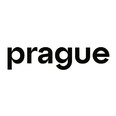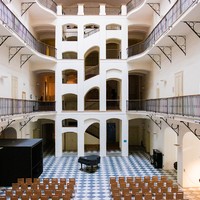Breadcrumbs navigation
Prague’s Ukrainian connection
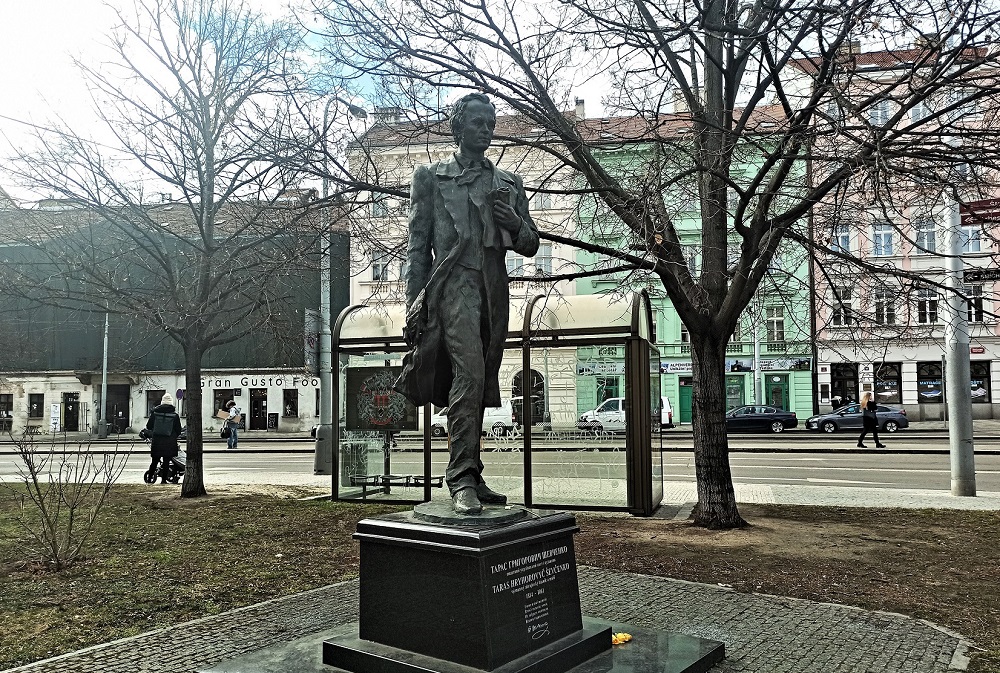
Although Ukrainians as a Slavic nation are close to Czechs in language, mentality and partly shared historical experience, most of us have little insight into Ukrainian history and culture. In this brief overview, we’ll touch on at least some of the artistic highlights, spiritual references and historical reminders of Ukrainian culture in Prague.
Published on March 10, 2022
Ukrainian reminders can be found in the metropolis in many areas. An interesting collection of Ukrainian literature is kept at the Slavonic Library, part of the Czech National Library. In addition to Ukrainian books and magazines, there is also a special Collection of Art Works by Ukrainian Exiles: drawings, bookplates and other artworks by Ukrainian artists. The library is located in the Klementinum complex and new readers can register without restrictions.
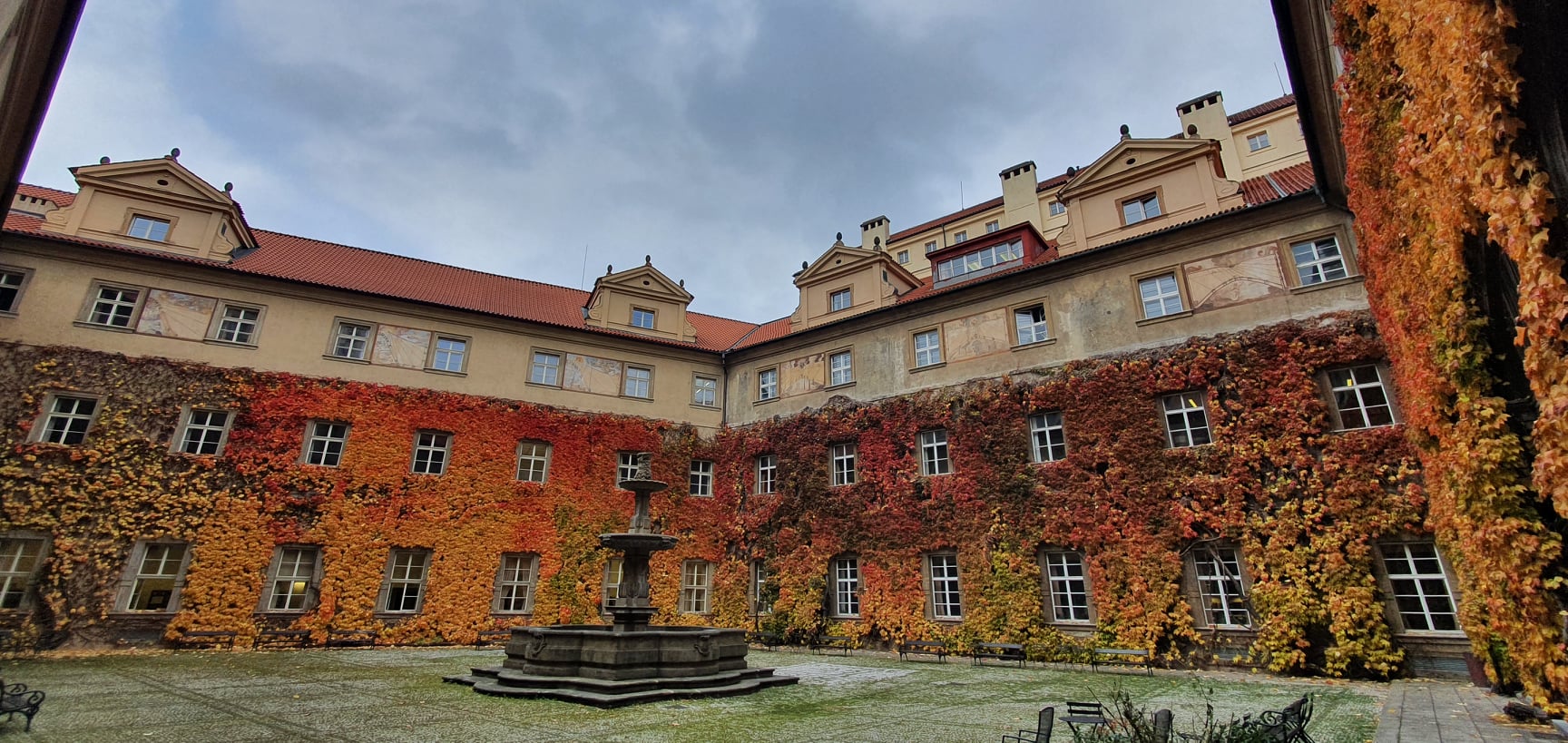
The collection of the Slavonic Library deserves special attention with particular regard to the literary and artistic works of Taras Shevchenko, a leading representative of the Ukrainian revival and one of the most powerful symbols of Ukrainian culture itself. We can also find his monument, on Kinsky square in Prague 5. The statue is by the Ukrainian sculptor Valentin Znoba. It was unveiled in 2009 by the Ukrainian President Viktor Yushchenko.

Among Czech writers who devoted themselves more systematically to the region of Ukraine, one connected with Prague is Ivan Olbracht, who lived in Transcarpathian Ukraine in 1931‑36. He founded a school here, as well as the Committee for the Rescue of the Working People of Carpathian Ruthenia and finally found inspiration for his books The Sad Eyes of Hana Karadzicova, Golet in the Valley and especially for the ballad Nikolai Schuhaj, Highwayman. The memorial plaque to Ivan Olbracht is at U Kola street in Prague 4. His final resting place is in the Urn Grove near the Strašnice Crematorium, which is open daily from 7:30 a.m.
In the field of music, Mykola Lysenko, the founder of the modern Ukrainian musical tradition, is an iconic figure for Ukrainian culture. He is sometimes compared to Taras Shevchenko in terms of significance; Lysenko also set 80 of Shevchenko’s poems to music. The published sheet music of some of these, dating from 1911, is kept together with other works by Lysenko in the collections of the Czech Museum of Music, which is in the former Dominican Church of St Mary Magdalene in the Lesser Town. Open daily except Tuesdays.

One of the most prominent representatives of Ukrainian fine art is Mykola Yaroshenko, some of whose works are in the collections of the National Gallery Prague along with works by other Ukrainian artists: Josif Boksay, Serhyi Ivanovich Svetoslavsky and others. The expositions of the National Gallery Prague are open daily except Mondays. In addition, as an expression of support for Ukrainian culture, the National Gallery has prepared a series of Ukrainian Artists in the NGP Collections on its website, where it presents individual artists and their selected works.
Also worth mentioning is the history of Ukrainian architecture in Prague. The most noteworthy example of folk architecture was the Orthodox wooden church of the Archangel Michael, with its shingle roof, which stood in the Kinský Garden on Petřín until 2020. It was a typical timbered building from Transcarpathian Ukraine dating from the 18th century. It had come to Prague from Medvedivtsi near Mukachev and was reassembled in 1929. Unfortunately, in October 2020, it was largely destroyed by fire, and is currently inaccessible. As regards modern architecture, one building worth mentioning the neoclassical villa of the Czech actor Vlasta Burian, which was built in the 1930s with participation from Ukrainian architect Evhen Voskobojnikov.
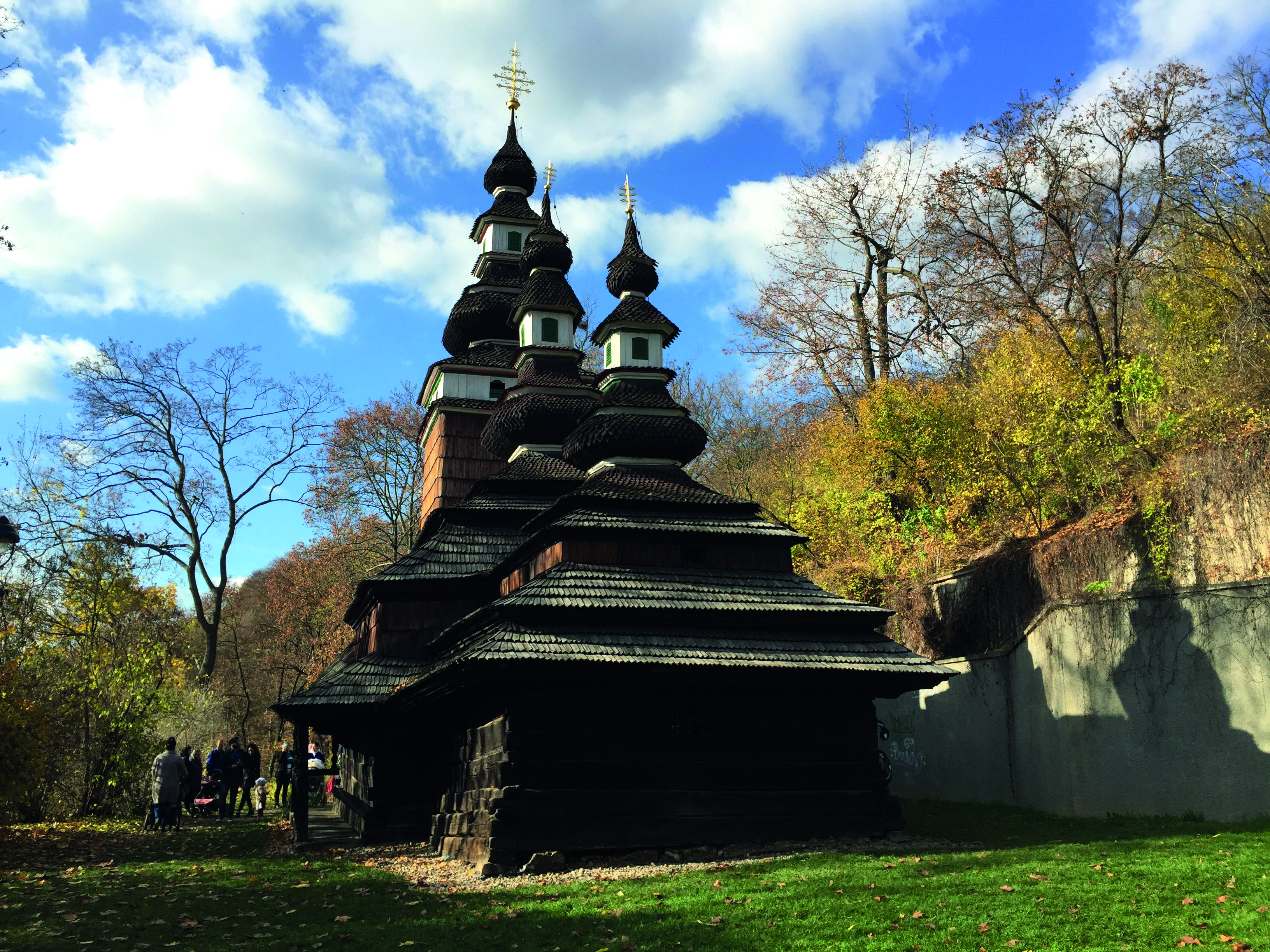
As for spiritual cultural heritage, there are several centres in Prague used by the Ukrainian community. The Orthodox Church, Ukraine’s most widely followed, welcomes Ukrainian citizens, including those currently fleeing the war, to the Cathedral Church of Sts Cyril and Methodius in Resslova street. Here they can find not only spiritual solace, but can also seek specific material help. Services of the Greek Catholic Church, which is the second largest in Ukraine in terms of its followers (indeed the largest Greek Catholic Church community in the world), are held e.g. in the Church of St Kliment in the Klementinum complex in the Old Town. Sunday worship from 8:30 a.m. and Sunday children’s worship from 12 noon is held in Ukrainian.
Prague also has a rich tradition of Ukrainian science and education. After the Bolshevik Revolution in Russia, Prague became an important hub for emigre Ukrainian intellectuals, and during the First Republic there was even a fully Ukrainian system of schooling in exile. From 1923 until the end of World War II, the Ukrainian Free University operated in Prague. It was founded in Vienna in 1921 as an exile centre for Ukrainian academics who had fled the Bolshevik regime. It moved to Prague two years later. At the end of the war, the institution had to take refuge in Munich, where it still operates as a private college of Ukrainian studies.
The Ukrainian Studio of Fine Arts is also of historical note. It was founded in 1923 on the initiative of the Circle of Fine Arts in Prague and became one of the most respected art institutions in the First Republic Czechoslovakia and the largest Ukrainian art school abroad. Its first director was Ukrainian art historian Dmytro Antonovych. It closed in 1952.
Today, Ukrainian studies can be studied at the Faculty of Arts, Charles University as one of the specializations in East European Studies, partly also at other universities in Prague, especially in the field of political science, territorial studies, etc. This discipline is followed up further within the Slavonic Institute of the CAS. Since 1991, the Czech Association of Ukrainians has been active in Prague, a voluntary grouping of scientific and pedagogical staff dealing with Ukrainian studies.
 Prague City Tourism
Prague City Tourism
Prague City Tourism (PCT) is a joint stock company 100% owned by the Capital City of Prague and is the certified official organization for Prague City Hall destination management. Its main mission is to promote sustainable domestic and inbound international tourism in the capital.
